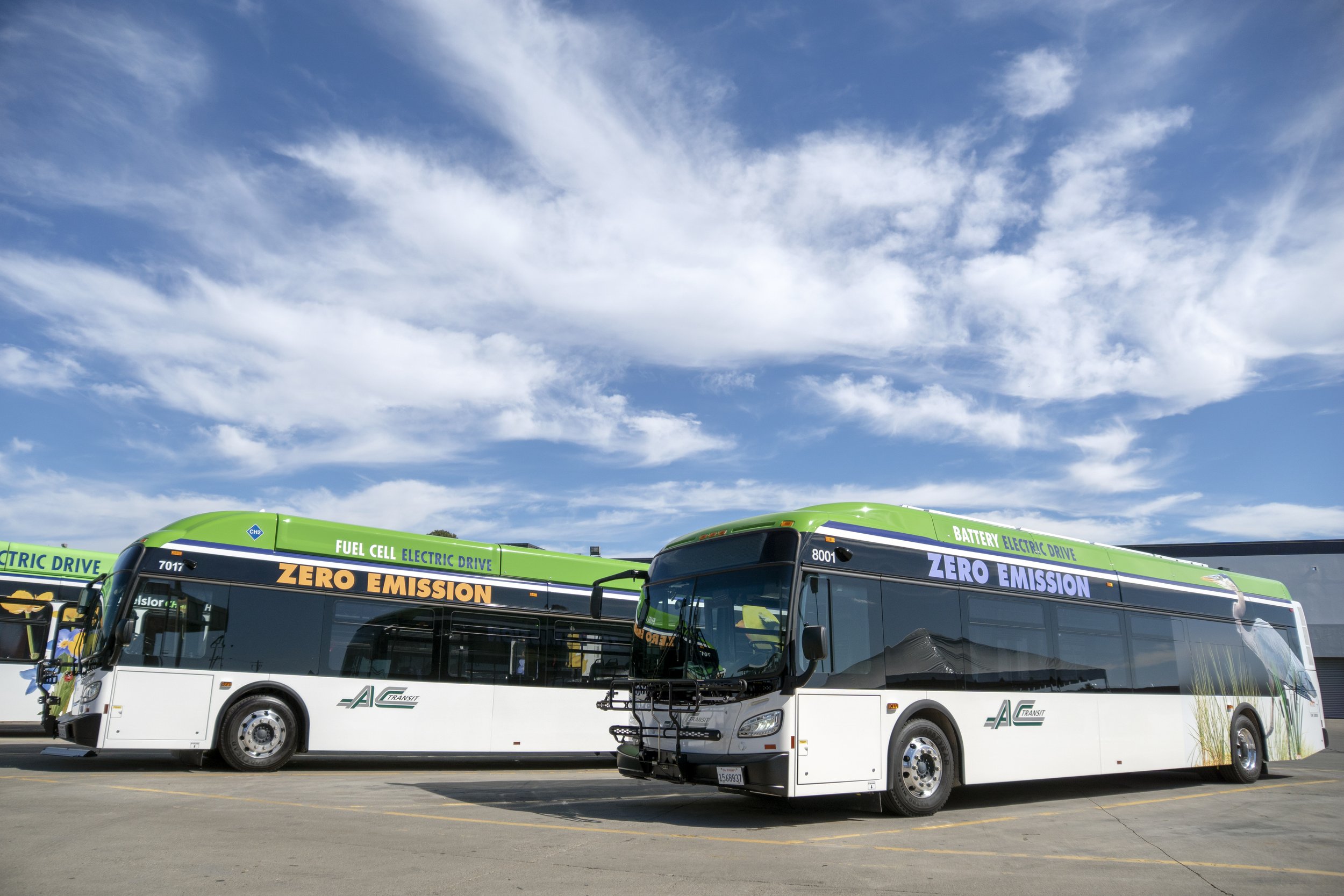Transit And Intercity Rail Capital Program
California State Transportation Agency (Cal STA)
What does it fund?
Transformative capital improvements that will modernize and significantly reduce GHG emissions, vehicle miles traveled, and congestion from California’s intercity or commuter rail service, urban rail transit, or bus or ferry service.
Who is eligible for funds?
Public agencies that operate or have planning responsibility for existing or planned intercity or commuter passenger rail service, urban rail transit, or bus or ferry service.
How does this program provide benefits to priority populations?
Projects benefiting priority populations are encouraged and taken into consideration during the evaluation process. The program has a statutory requirement of providing at least 25 percent of available funds to projects that provide direct, meaningful and assured benefits to disadvantaged communities.
How do I access funds?
Apply through a statewide competitive process.
Funding Timeline
Visit the program website.
___
By statute, the TIRCP program is appropriated 10% of the proceeds of each quarterly auction. SB 9 (Beall, Chapter 710, Statues of 2015) directed TIRCP to fund transformative capital improvements and authorized CalSTA to make multi-year funding commitments in furtherance of that purpose. In doing so, the amount of funding for selected projects may exceed the cumulative appropriations, in anticipation of future funding availability.
Project Profiles
Read stories of projects funded by this program.
Cumulative Statistics
As of November 30, 2024
$1,669.5 million implemented
$1,576.7 million benefiting priority populations
23,369,888 MTCO2e estimated GHG emissions reductions
263 projects implemented
2024 Achievements
Reporting period:
Dec 1, 2023 – Nov 30, 2024
$34.2 million implemented
443,939 MTCO2e estimated GHG emissions reductions
470 full-time equivalent jobs reported
$28.8 million benefiting priority populations
2024 Benefits to Priority Populations
67% benefiting disadvantaged communities
17% benefiting low-income communities and households
16% benefiting other areas of California
Other Expected Benefits
23,057 pounds Nitrous Oxide (NOx) reductions
16,415 pounds particulate matter 2.5 (PM2.5) reductions
525,163 pounds diesel particulate matter reductions










